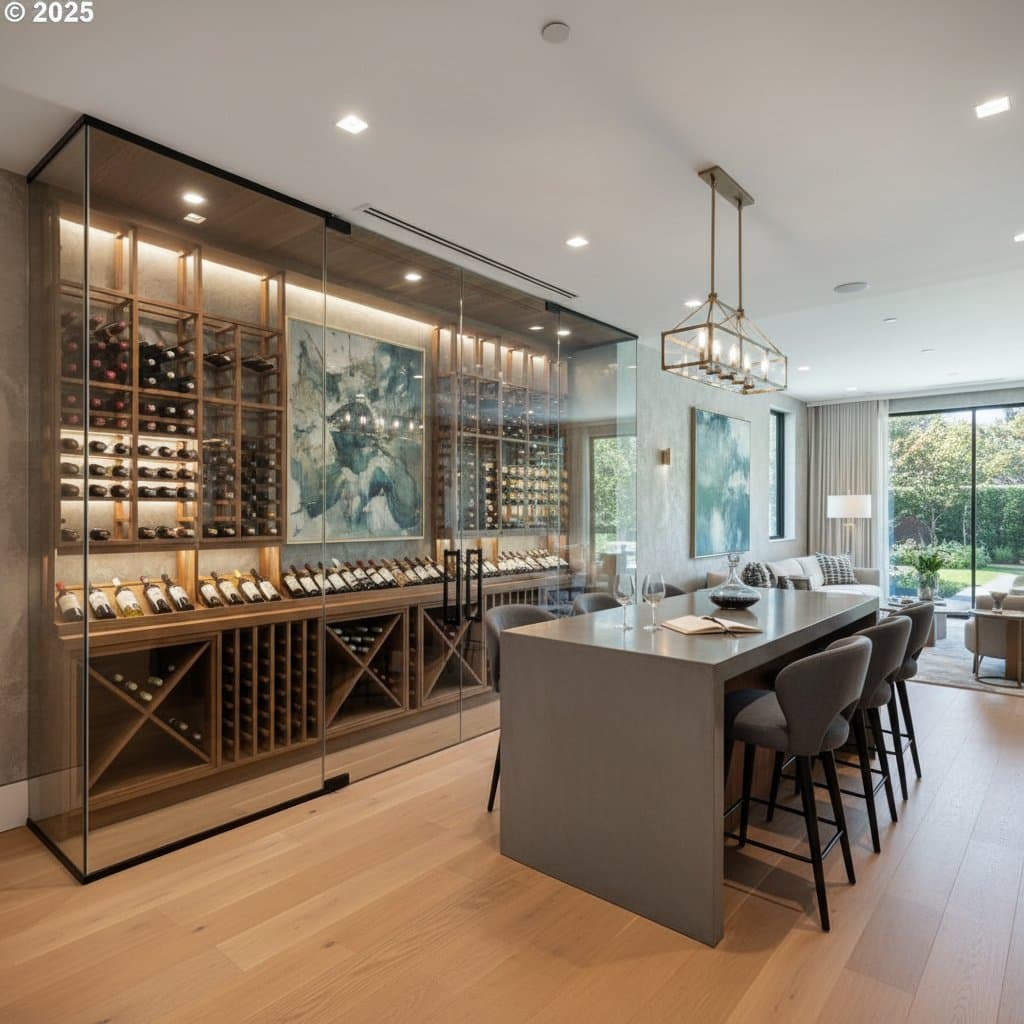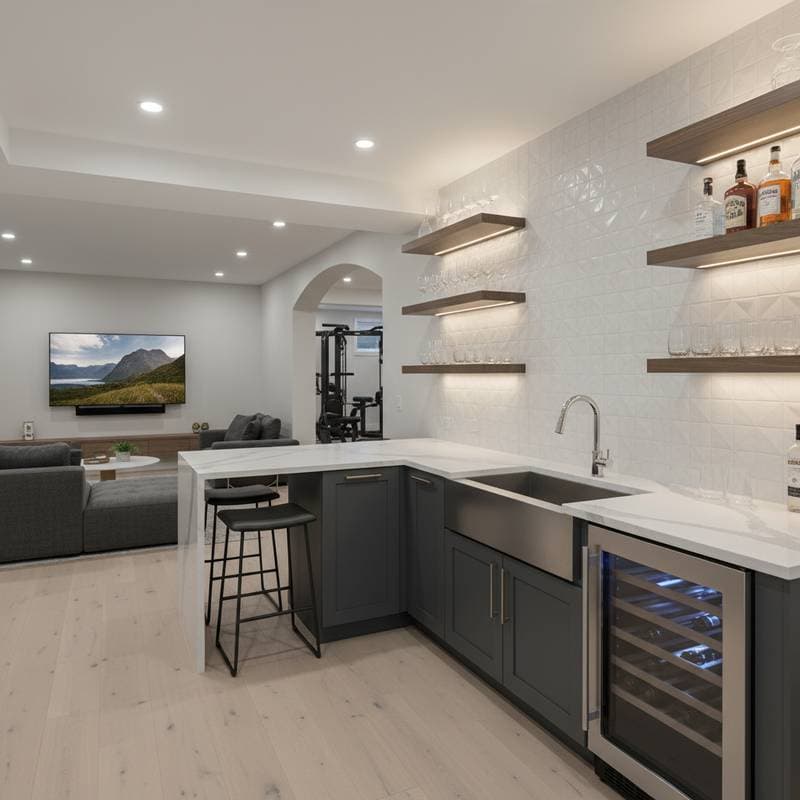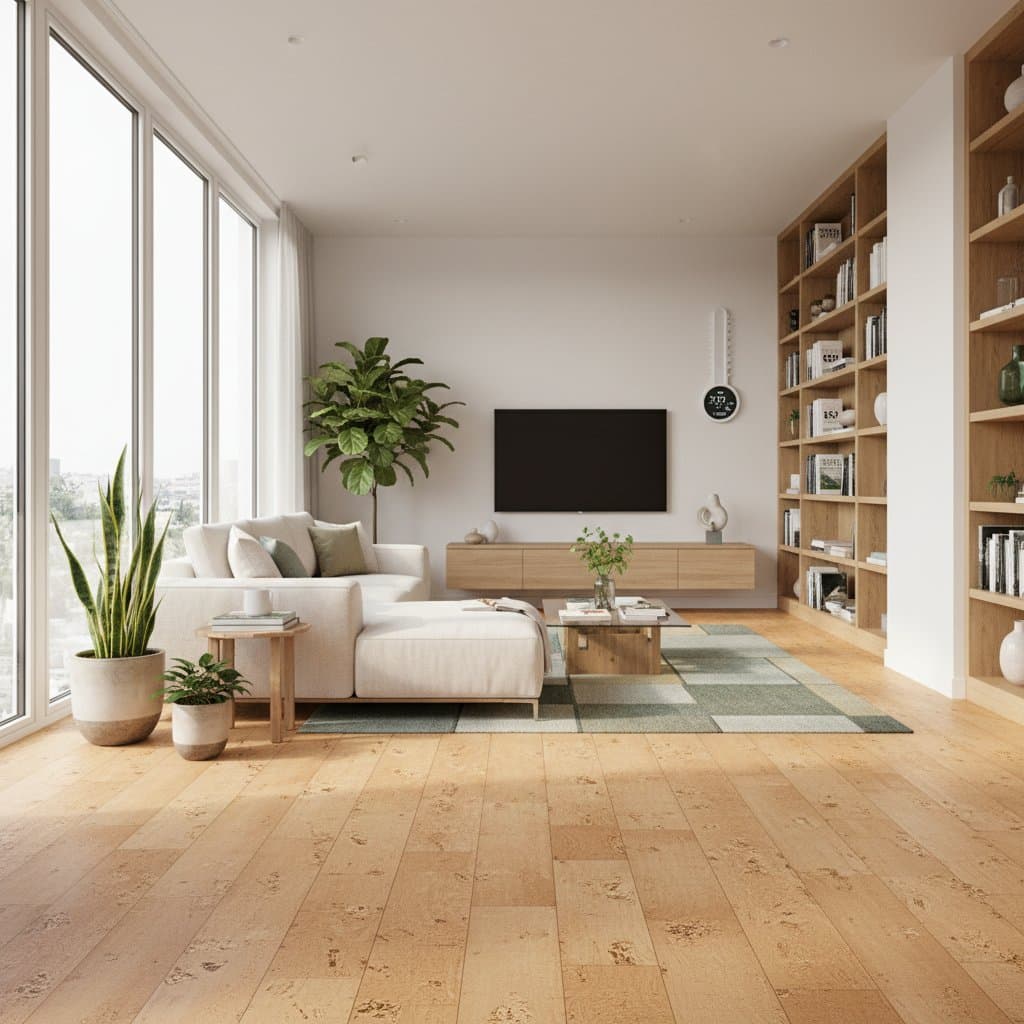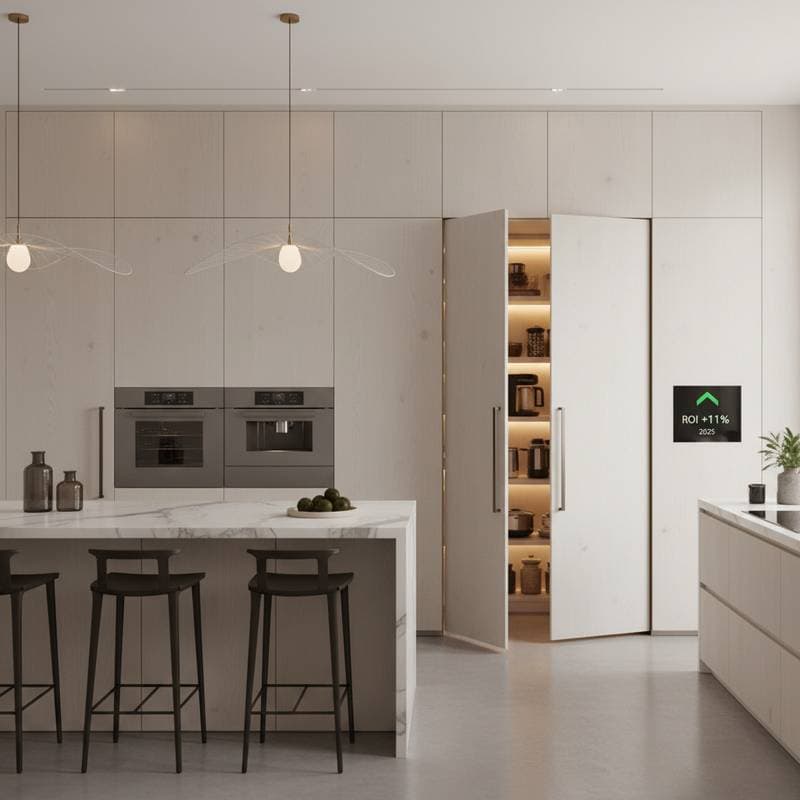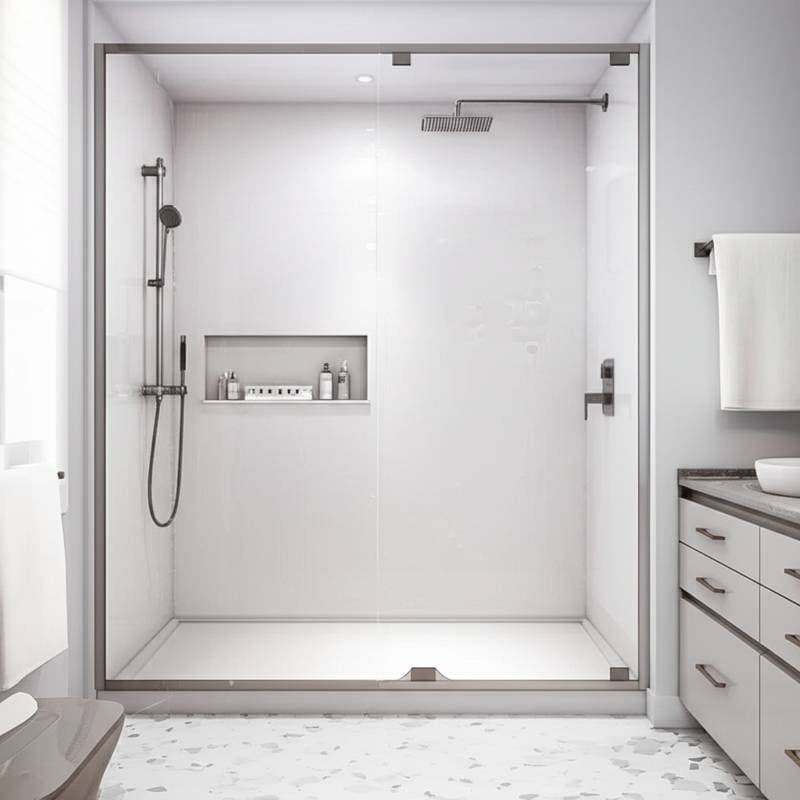Wine Cellars and Tasting Rooms: A 15 Percent Value Boost
Real estate analyses indicate that incorporating a wine cellar or tasting room elevates luxury home value by about 15 percent. These additions appeal to discerning buyers who prioritize sophisticated lifestyle elements and seamless entertaining options. Beyond financial gains, such features transform ordinary spaces into refined extensions of the home, fostering both personal enjoyment and market desirability.
Homeowners who curate wine collections or host gatherings find wine cellars particularly suitable. Tasting rooms, on the other hand, serve frequent entertainers or those seeking a serene escape. Construction possibilities include basements, underutilized rooms, or custom extensions, each tailored to the property's architecture.
Pros and Cons
Pros
- Enhances resale attractiveness to affluent purchasers
- Provides secure, organized storage for wine collections
- Elevates overall home aesthetics and ambiance
- Establishes a specialized venue for social gatherings
- Supports strong value retention within premium real estate sectors
Cons
- Involves substantial initial investment
- Requires precise temperature and humidity regulation
- Contributes to higher energy consumption
- Offers limited utility for non-collectors
- May necessitate structural modifications or electrical enhancements
DIY Versus Professional Installation
DIY Difficulty: Moderate to High
Estimated Time: Two to Six Weeks
This timeline varies based on project scale and finishing details. Smaller setups in existing spaces proceed faster, while elaborate designs demand extended effort.
Essential Tools
- Power drill and framing equipment
- Insulation and moisture barrier supplies
- Lighting fixtures and cooling system parts
Potential Risks
Improper insulation leads to temperature fluctuations that spoil wine. Inadequate moisture control invites leaks or mold growth. Faulty cooling installations result in excessive noise, condensation, or inefficient operation.
When to Hire Professionals
Engage experts for climate-controlled builds, electrical or plumbing integrations, glass enclosures, or heavy-duty racking. Projects involving below-grade work or foundation proximity also benefit from professional oversight. Specialists manage vapor barriers, drainage systems, and equipment sizing while securing necessary permits and ensuring code adherence.
Maintenance and Longevity
Recommended Schedule
- Inspect cooling systems every three months
- Clean racks and surfaces bimonthly
- Evaluate seals and insulation annually
Key Indicators to Monitor
- Wall condensation or mildew development
- Temperature inconsistencies
- Leaks around cooling components
Properly constructed cellars endure for decades with routine care. Cooling units generally operate for eight to twelve years. Racks and surface finishes might require periodic refinishing. Manufacturers often provide warranties covering parts and compressors for several years.
Regional Considerations
Climate Influences
In warm or humid locales, reinforce cooling capacity and install robust vapor barriers. Arid environments call for humidification systems to safeguard corks from drying out.
Building Code Requirements
Certain areas classify cooled cellars as conditioned spaces, mandating permits for electrical installations or ventilation. Verify local regulations early to avoid delays.
Labor Costs by Location
Coastal or metropolitan regions command 20 to 30 percent higher rates than rural or inland alternatives. Factor these into budgeting for accurate projections.
Material Procurement
Sourcing imported stone, hardwoods, or glass elevates expenses. Opt for locally available stone or reclaimed woods to lower costs without sacrificing quality.
Seismic Precautions
Earthquake-vulnerable zones require rack anchors and secure latches to prevent damage during tremors.
Safety Essentials
Electrical Precautions
Dedicate a circuit to cooling systems and eschew extension cords or overloaded outlets to minimize fire hazards.
Moisture Management
Apply vapor barriers prior to drywall installation. Select mold-resistant materials for all surfaces exposed to potential dampness.
Structural Integrity
Wine racks bear considerable loads, so secure them to wall studs or floor joists for stability.
Permit Compliance
Consult municipal guidelines before introducing wiring or cooling infrastructure. Inspections may apply to any conditioned area additions.
Fire Prevention
Incorporate low-heat lighting options. Steer clear of combustible finishes or textiles in the vicinity of electrical elements.
Planning and Execution Steps
Determine whether the focus lies on storage, display, or social functionality to guide design decisions. Align the layout with your home's existing structure and collection capacity for optimal integration.
Repurposing a basement or spare room minimizes expenses compared to new constructions. For dramatic effect, incorporate glass partitions or illuminated displays, though these choices raise the budget.
Solicit bids from at least three licensed contractors specializing in wine storage solutions. Review their portfolios, client references, proposed timelines, costs, and warranty terms to select the best fit.
Frequently Asked Questions
How Much Does a Small Wine Cellar Cost?
A climate-controlled unit accommodating 300 to 500 bottles ranges from $15,000 to $25,000, inclusive of basic racking and cooling.
Is a Cooling System Necessary for Every Wine Cellar?
Install one only if natural conditions fail to sustain 55 degrees Fahrenheit and 60 percent humidity. Cool-climate basements sometimes suffice without mechanical aid.
Can a Basement Serve as a Tasting Room?
Affirmative, provided moisture levels receive thorough assessment. Sealing and insulating the space form essential preparatory steps.
What Constitutes Ideal Wine Storage Conditions?
Target 55 degrees Fahrenheit with 60 to 70 percent humidity. Consistent levels prevent cork degradation and label deterioration.
Does a Wine Cellar Guarantee Increased Home Value?
In upscale markets, it reliably does. For modest properties or starter homes, benefits accrue in appeal rather than full cost recovery.
Sustaining and Showcasing Your Upgrade
Maintain the wine cellar or tasting room as a conditioned environment by scheduling regular servicing, tracking humidity, and performing consistent cleanings. Promptly replace filters and seals to preserve functionality.
When preparing for sale, capture high-quality images of the space and emphasize its practical and aesthetic contributions. An orderly, well-illuminated setup conveys meticulous upkeep and premium quality.
This enhancement delivers enduring value for collectors and hosts alike, blending protection for prized bottles with opportunities for memorable gatherings. Consult area specialists, address permitting promptly, and prioritize dependable climate management to ensure lasting performance and heightened property allure.

